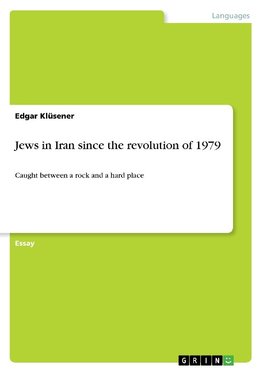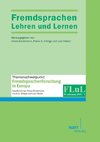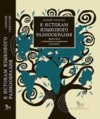
-
 Anglický jazyk
Anglický jazyk
Jews in Iran since the revolution of 1979
Autor: Edgar Klüsener
Essay from the year 2008 in the subject Orientalism / Sinology - General, grade: 1st (70 %), University of Manchester (School of Languages, Linguistics and Cultures), 16 entries in the bibliography, language: English, abstract: When addressing Israel, Mr.... Viac o knihe
Na objednávku, dodanie 2-4 týždne
16.28 €
bežná cena: 18.50 €
O knihe
Essay from the year 2008 in the subject Orientalism / Sinology - General, grade: 1st (70 %), University of Manchester (School of Languages, Linguistics and Cultures), 16 entries in the bibliography, language: English, abstract: When addressing Israel, Mr. Iran's rhetoric is unmistakable. The former president Ahmadinejad has allegedly called for Israel to be wiped off the map, and he has publicly expressed his doubts whether there has ever been a Holocaust. Although his rhetoric may appear extreme, it nevertheless broadly reflects the official policy of Iran towards Israel since the Islamic Revolution of 1979. Given this hostility, it comes as a surprise, that the Islamic Republic of Iran is actually home of the biggest Jewish community in the Middle East outside Israel. The estimates for the number of Jews living in Iran differ greatly according to various sources and range from 25,000 members¿ to 35,000. The history of the Jewish community in Iran reaches back into the 7th century BCE, making it the oldest Jewish Diaspora-community. Many places holy to Jews are located in Iran. The history of almost 3,000 years of Jewish presence in Iran and the influence the Jewish community had at different times on Iranian society and culture are far too complex to be retold in a short essay like the one I am presenting. Before I turn to the situation after the Revolution of 1979 I will therefore only shortly touch on two major historical events which have significantly altered the position of the Jewish community in Iran: The establishment of Twelver Shiism as state religion in 1501 by the Safavids and the Constitutional Revolution of 1905-1911.
The main body of this text deals with the situation of the Jewish community during and immediately after the constitution of the Islamic Republic until the present.
The Iranian constitution grants all officially recognised religious minorities (Armenian Christians, Assyrians, Jews and Zoroastrians) specific rights including that to practise their religion freely. The recognised religious minorities elect their own representatives to the parliament (Majles), run their own schools and are protected against discrimination by the law. However, there have been instances of 'spontaneous' attacks on Jews, their property and their schools. I will also research how much Iran's animosity towards Israel was and is being reflected in its treatment of the Jewish minority in Iran. Because of the relative scarcity of primary sources, I will use a variety of secondary sources of varying quality and will therefore specifically indicate if I am concerned with the reliability of a source I have used.
- Vydavateľstvo: GRIN Verlag
- Rok vydania: 2008
- Formát: Paperback
- Rozmer: 210 x 148 mm
- Jazyk: Anglický jazyk
- ISBN: 9783640111824




 Nemecký jazyk
Nemecký jazyk 

 Ruský jazyk
Ruský jazyk 



